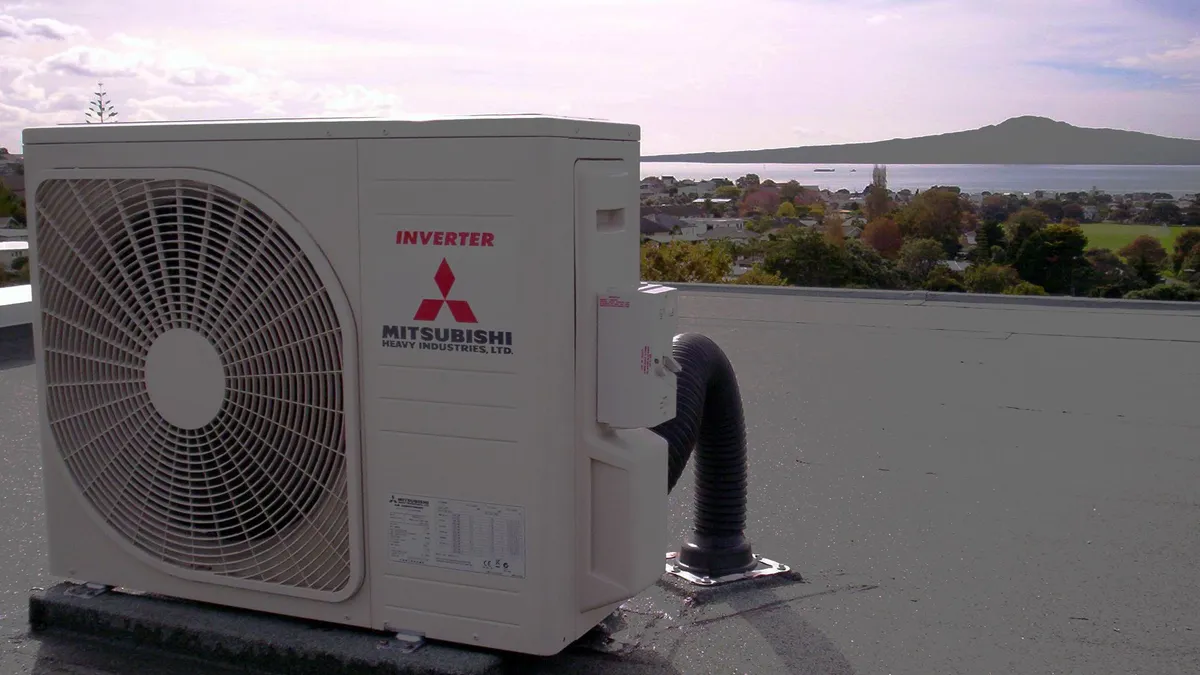Dive Brief:
- A new geothermal heating and cooling company, Dandelion, has opened operations and will begin rolling out services in New York after raising $2 million in funding to launch sales and operations.
- Dandelion bubbled up from X, Alphabet's so-called "moonshot factory," after spending two years developing new technologies.
- Dandelion seeks to cut down on the carbon emissions from heating and cooling buildings, and believes its solution will cost consumers around half of previous geothermal installations—and be less expensive than fuel oil or propane heating.
Dive Insight:
Heating and cooling buildings accounts for almost 40% of carbon emissions in the United States, and so Alphabet's engineers have spent years developing ways to make geothermal systems more affordable and less intrusive to install.
Dandelion CEO Kathy Hannun said the project was started "because we realized millions of homeowners are using expensive, truck-delivered fuels because they don’t have access to better options today." But the key to signing on customers, particularly residential, would be in reducing cost and time to install.
Along with Hannun, Dandelion will be run by James Quazi, who will lead the company's technology development.
Over at the Google X blog, Hannun gives some background on developing the new geothermal installation process, including modifying drills and and considering liquid nitrogen to install a system of underground pipes.
"After months of testing, we hit upon a design for a fast, slender drill that hit our objectives," the new CEO writes. "It could drill just one or two deep holes just a few inches wide, and compared to typical installation rigs, it produced less waste and took up much less space as it operated."
While installing the tubes typically takes up to four days, the new process could be done in one day and "left a typical suburban backyard relatively undisturbed."
Dandelion is now operating in the New York Hudson Valley and Capital Region, and the company says its systems can provide renewable heating, cooling, and hot water and include monitoring and a smart thermostat.













